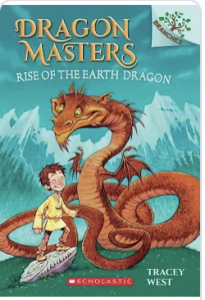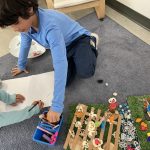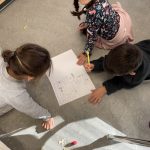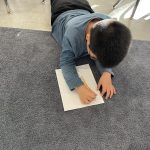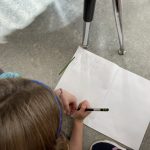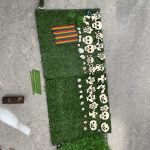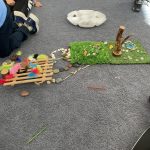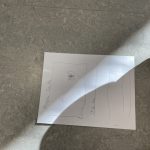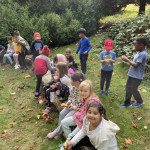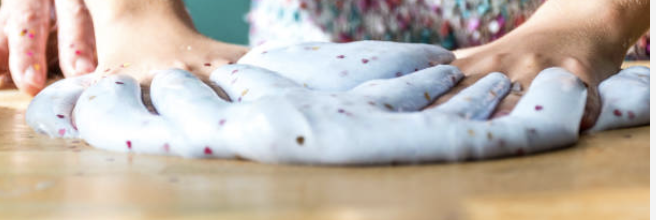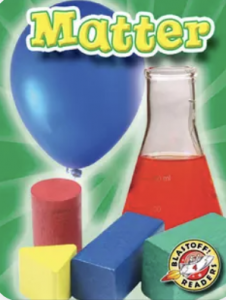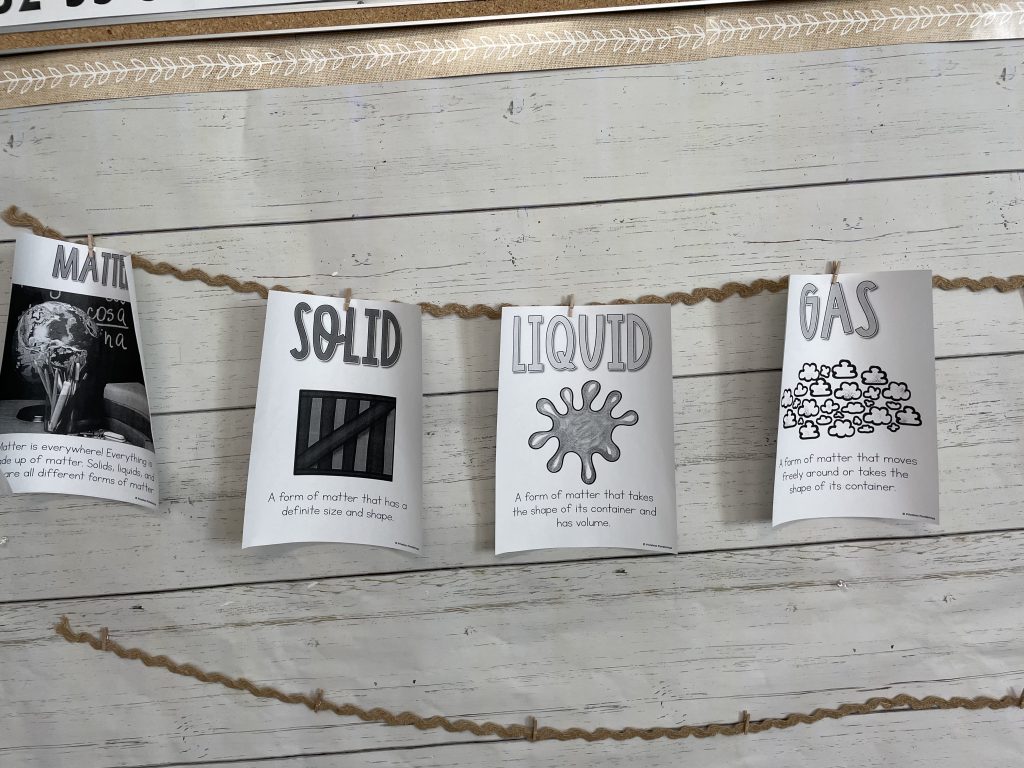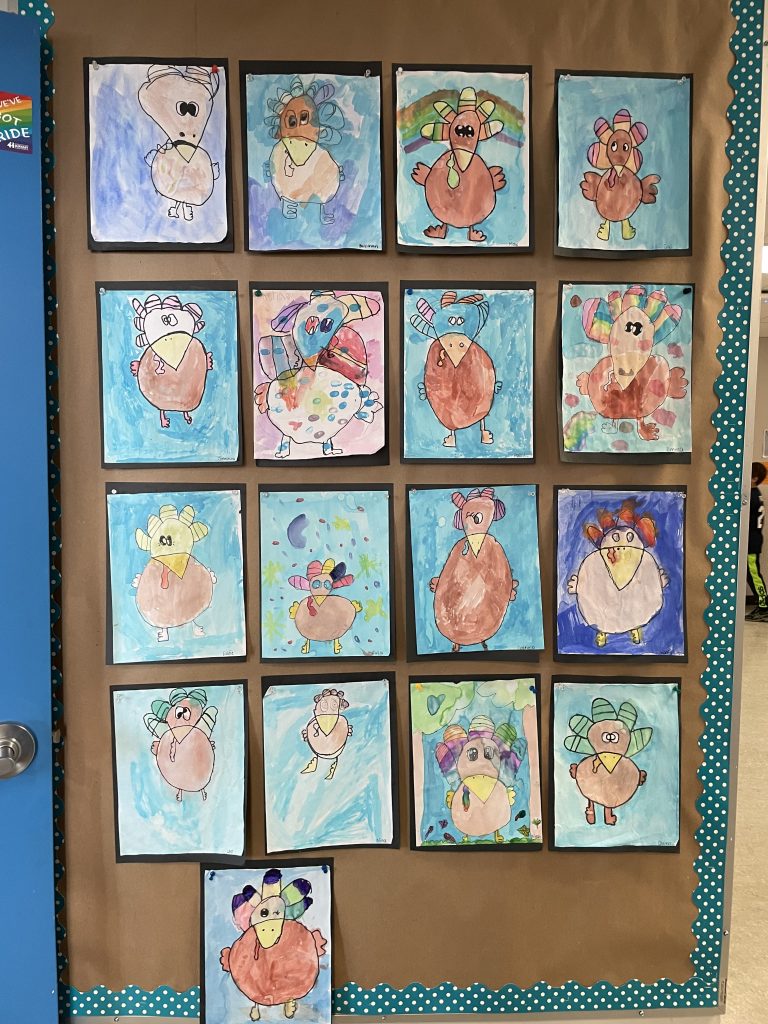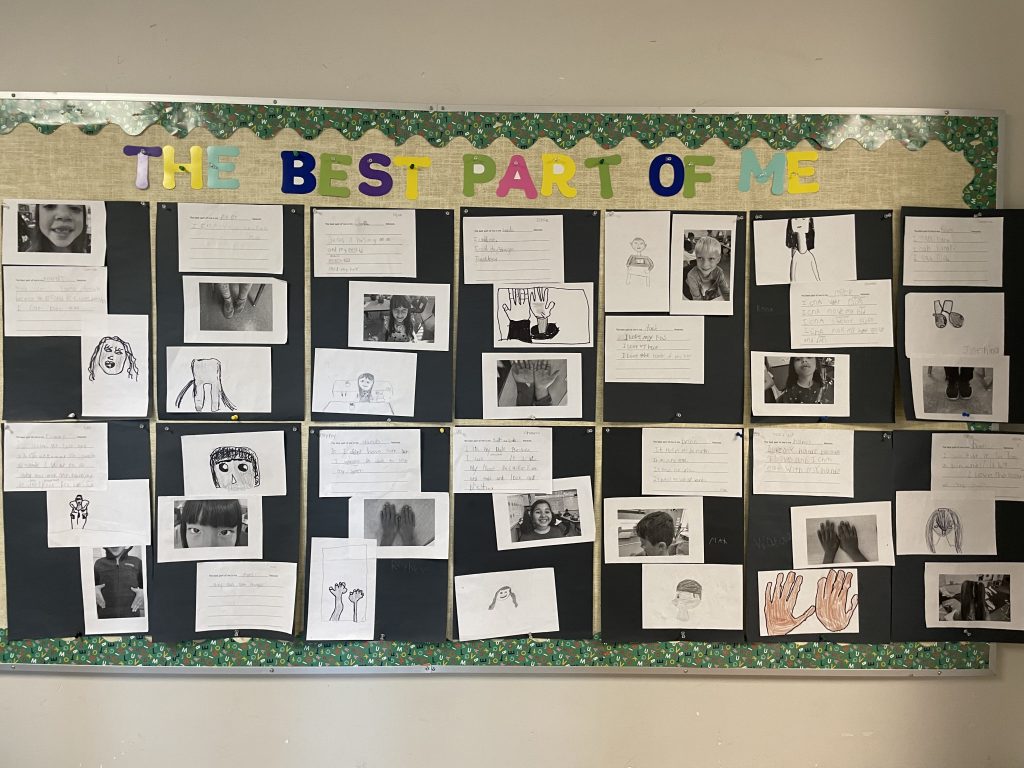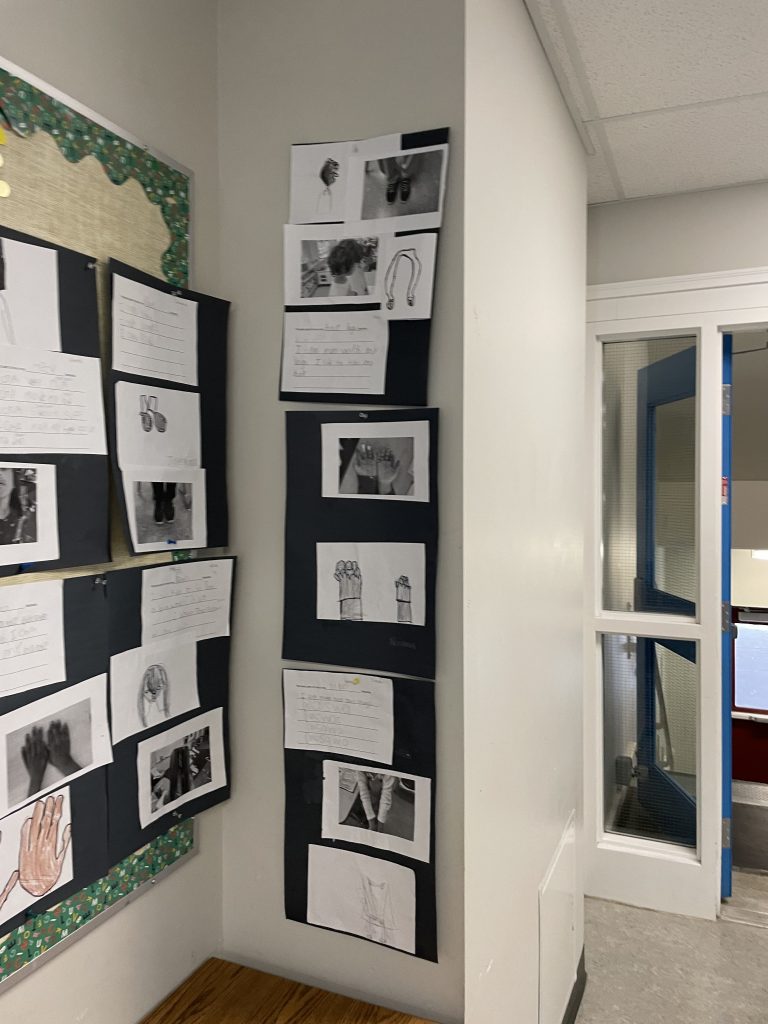This week, we read a book called “Stellaluna”. I have attached the book below:
We then discussed and completed the story elements sheet:
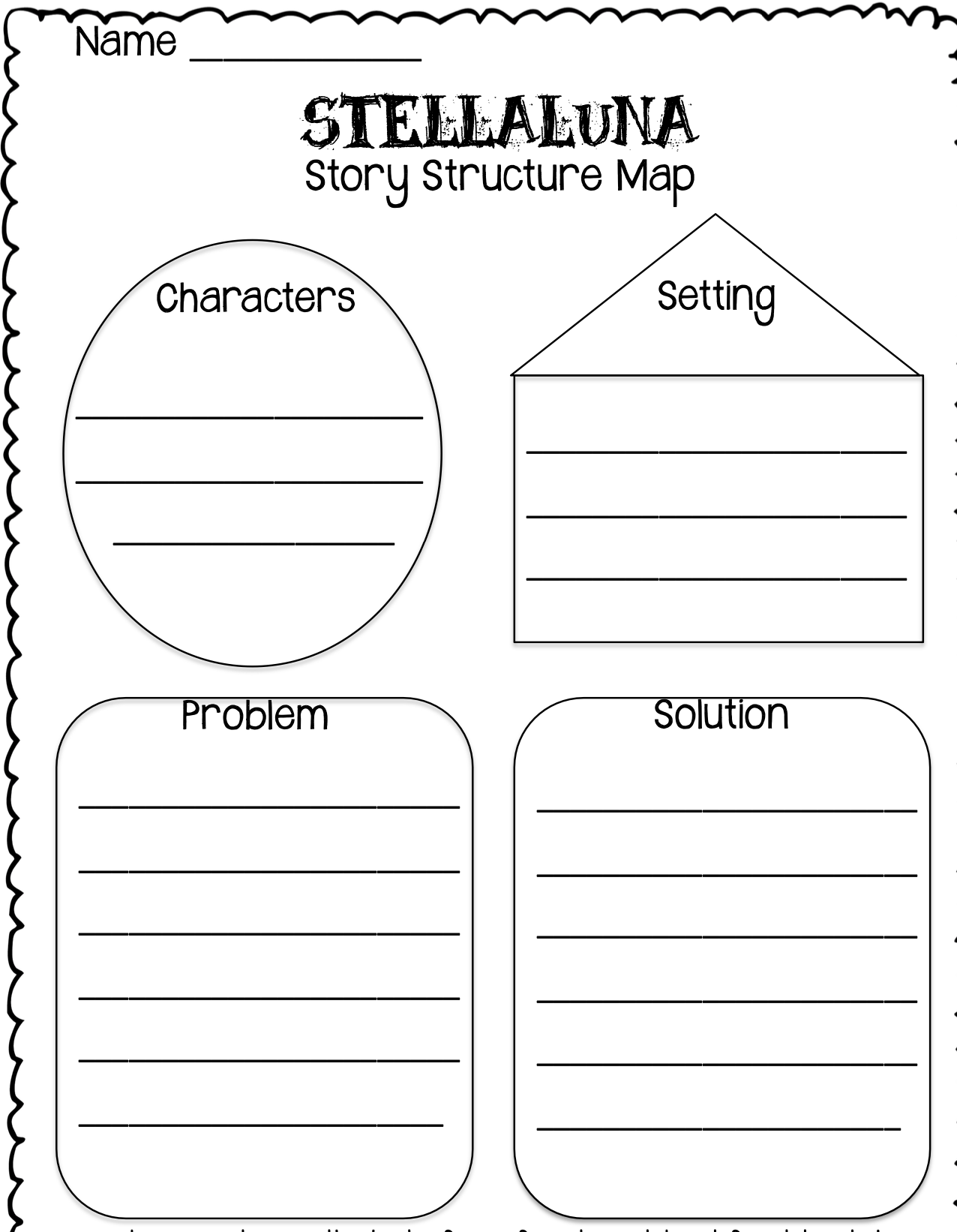
Once this was complete, we did art bat to decorate the hallway and classroom! We used tempera paint to paint the background and then bats which students were able to place where they wanted 🙂 Here is our bulletin boards:
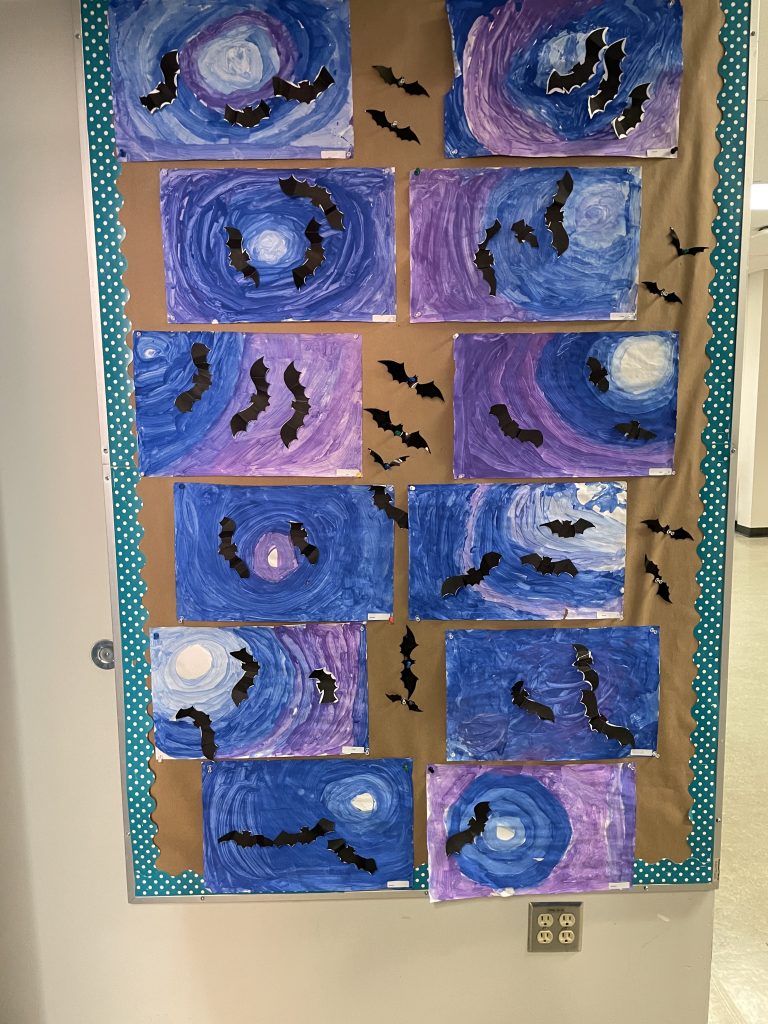
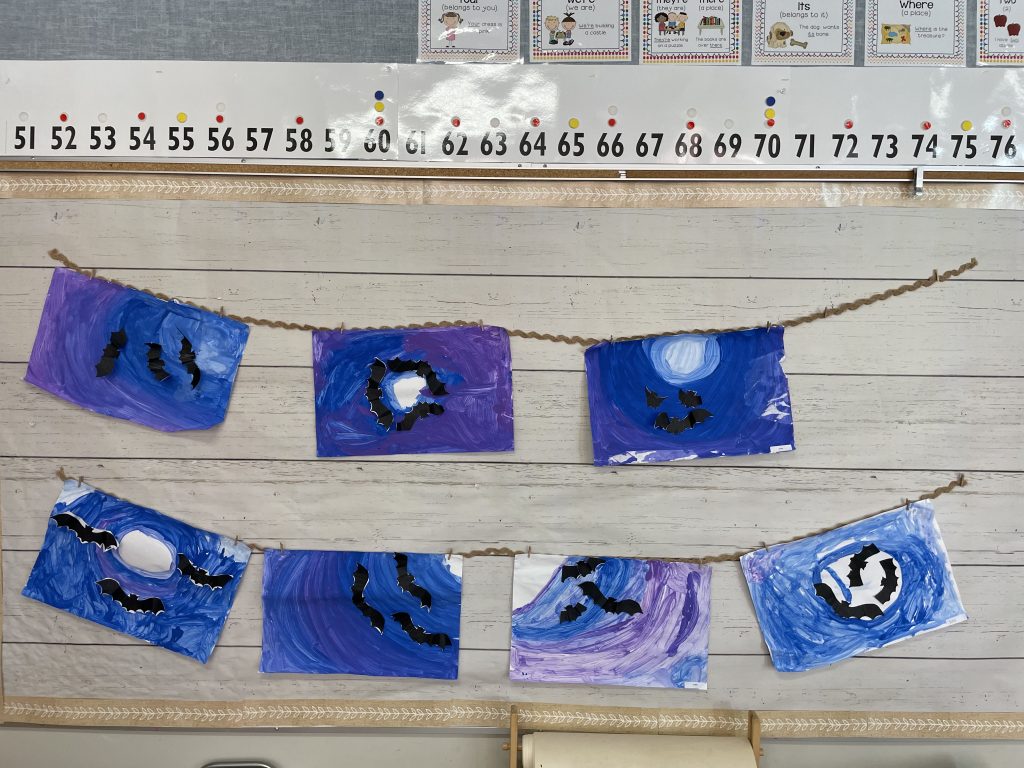
Big Idea:
- Inquiry through the arts creates opportunities for risk taking
- Through listening and speaking, we connect with others and share our world.
- Language and story can be a source of creativity and joy.
First Peoples Principles of Learning:
- Learning takes patience and time
Curricular Competencies:
- Explore elements, processes, materials, technologies, tools, and techniques of the arts
- Develop processes and technical skills in a variety of art forms to refine artistic abilities
Content:
- elements of design: line, shape, texture, colour, form
- principles of design: pattern, repetition, rhythm, contrast
- exchange ideas and perspectives to build shared understanding
- through listening and speaking, we connect with others and share our world
- elements of a story; character, plot, setting, structure (beginning, middle, end), and dialogue
Core Competency: Creative Thinking
- Creative growth requires patience, readiness to take risks, and willingness to try new approaches
Learning involved:
- Students learned the significance of following step-by-step instructions
- Students demonstrated increasingly sophisticated application and/or engagement of curricular content
- Students demonstrated an understanding of story elements

